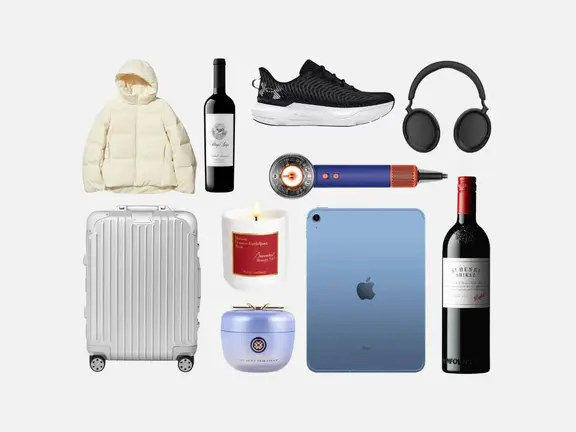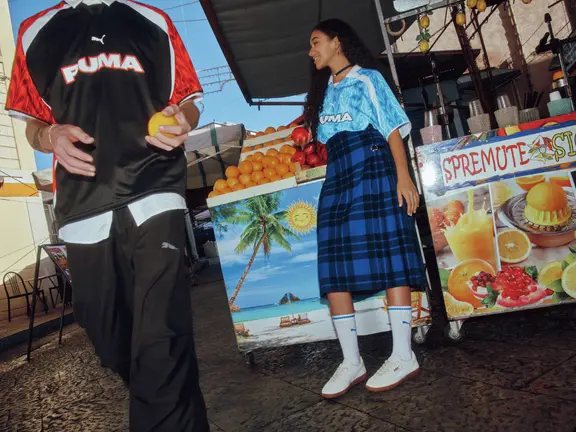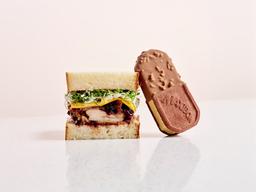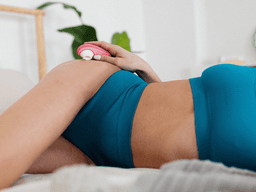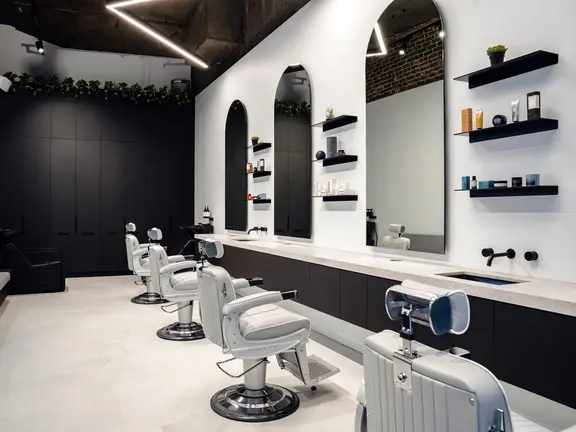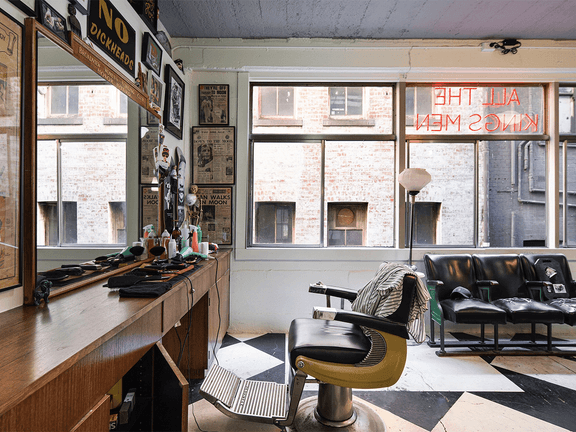
6 Best Fade Haircuts & Hairstyles for Men
Nothing says class like a man with a perfectly sculpted fade haircut. Short on the sides and back with a little party on top, the new age haircut has fast become the go-to hairstyle for men who like to keep things sharp. Whether it’s a high, mid or low fade haircut, the versatile approach to the old short back and sides is universally loved and adopted by sports stars, Hollywood elites and high fashion favourites. When it comes to choosing the best fade hairstyle for you, however, the ball is well and truly in your court.
Best Types of Men’s Fade Haircuts
While almost all variations of a fade haircut relate to a shorter section towards to bottom gradually increasing in length as it reaches the crown, not all fades are the same. For example, taper fades are more concerned with edging and line-ups, while high fades look to expose more of the scalp. Here is a list of the best common men’s fade haircuts.
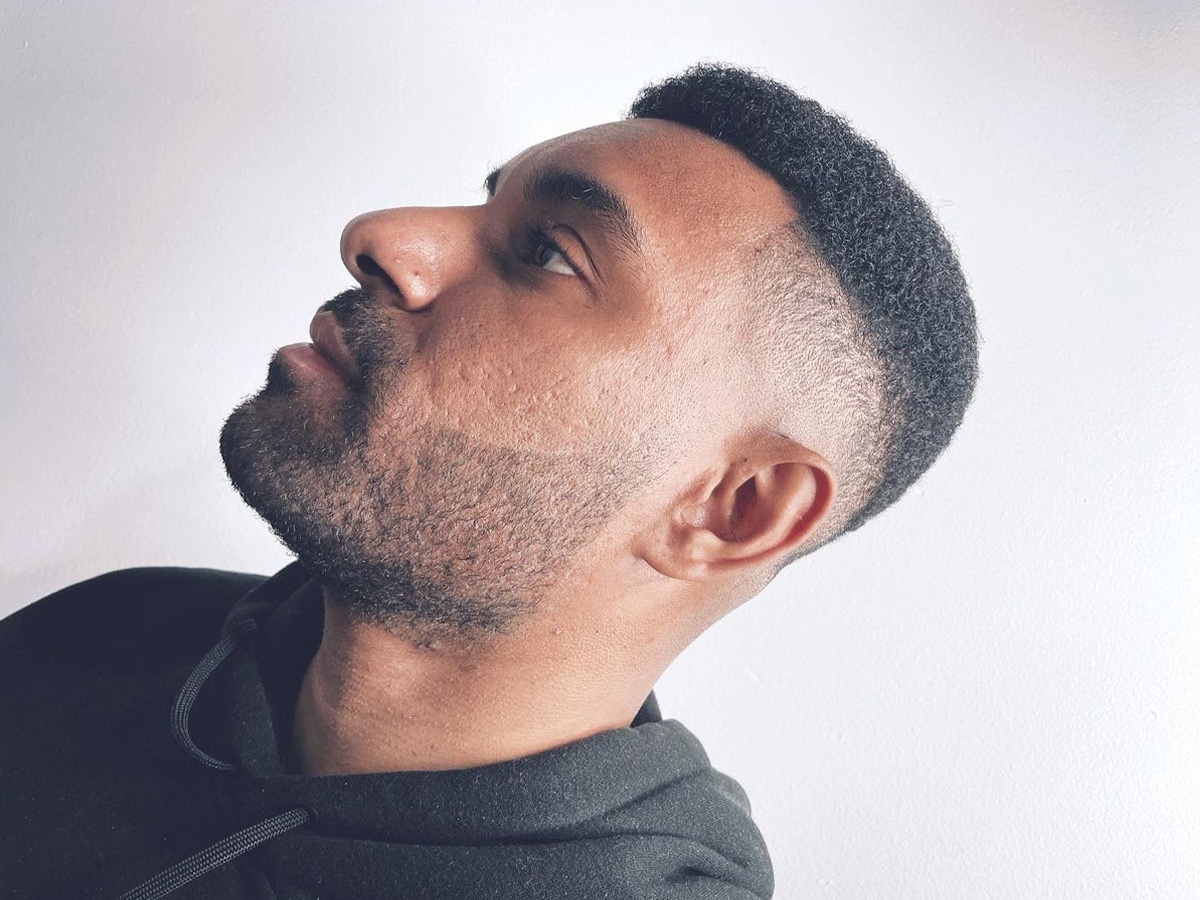
1. High Fade Haircut
Perhaps the most extreme variation of the hairstyle, the high fade takes the blending section to the highest natural point. In this instance, the majority of the sides and back of the head will be exposed with the point of connection between the top and sides occurring just above the temple. In many instances, the high fade is chosen to highlight the contrast between short and longer areas, and may also be referred to as a ‘quick fade’. Importantly, as this hairstyle will grow out quickly, it requires a large amount of maintenance and constant cutting.
Shortest length: Skin/bald
Blend point: High-temple
Styling: Minimal
Best for: Pear, oblong, oval and square face shapes

2. Mid Fade
A more contemporary take on the short, back and sides, the mid-fade haircut follows the same structure as the high fade but pushes the blending point lower. In most cases, the blend will occur in line with your temple, giving a more corporate aesthetic. Best of all, the mid fade works with almost any type of hairstyle on top, whether it be crop, pompadour or side part.
Shortest length: Skin/bald for sharp, #1 for conservative
Blend point: Mid-temple
Styling: Moderate
Best for: Triangle, heart, oval face shapes

3. Low Fade Haircut
A simple entry point for those new to the world of fade haircuts, the low fade keeps the blending point below your temple. Far sharper than the average short hairstyle, this cut will last you a little longer than normal and won’t significantly alter the shape or silhouette. If you want to change things up a little bit, without going overboard, the low fade is a great place to start.
Shortest length: Skin/bald for sharp, #1 for conservative
Blend point: Ear height
Styling: Moderate
Best for: Round, oval and square face shapes
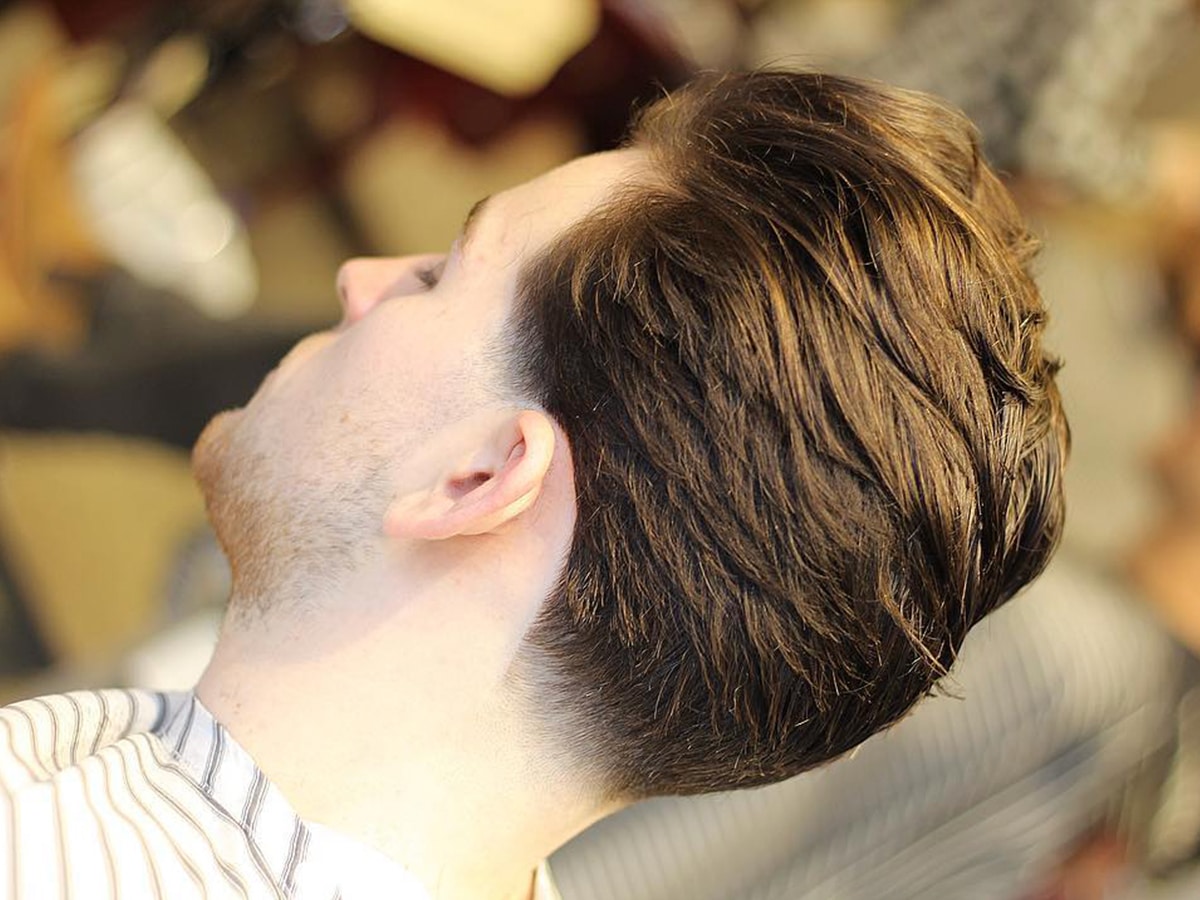
4. Taper Fade
A taper fade is a type of haircut that reduces the fade section purely to the sideburns and nape. In this style, the hair gradually fades out to nothing with the blending point occurring just at ear height. While not significantly different from a standard cut, this variation not only looks sharper but will last longer and will grow out more naturally. Importantly, it won’t be as drastic as some of the other fades you’ll see and can be altered in order to suit any hair length on top, making it not just one of the best fade haircuts you can ask for, but also the most versatile.
Shortest length: Skin/bald for sharp, #1 for conservative
Blend point: Sideburns
Styling: Moderate
Best for: Round, oval and square face shapes

5. Burst Fade
A burst fade is a style of haircut that keeps the hair around the ears short while dropping the blending point at the back of the head slightly lower. In some cases, you may see a circle-like bald section over the ear leading to a mohawk-like nape. More challenging for the barber, this men’s fade haircut is decidedly more contemporary and suits those with wider face shapes towards the top. Keeping the blending point at the back lower will help elongate triangle, heart and square face shapes, giving a better overall profile.
Shortest length: Skin/bald for sharp
Blend point: Temple height, rounded towards the nape
Styling: Moderate
Best for: Triangle, heart, square face shapes
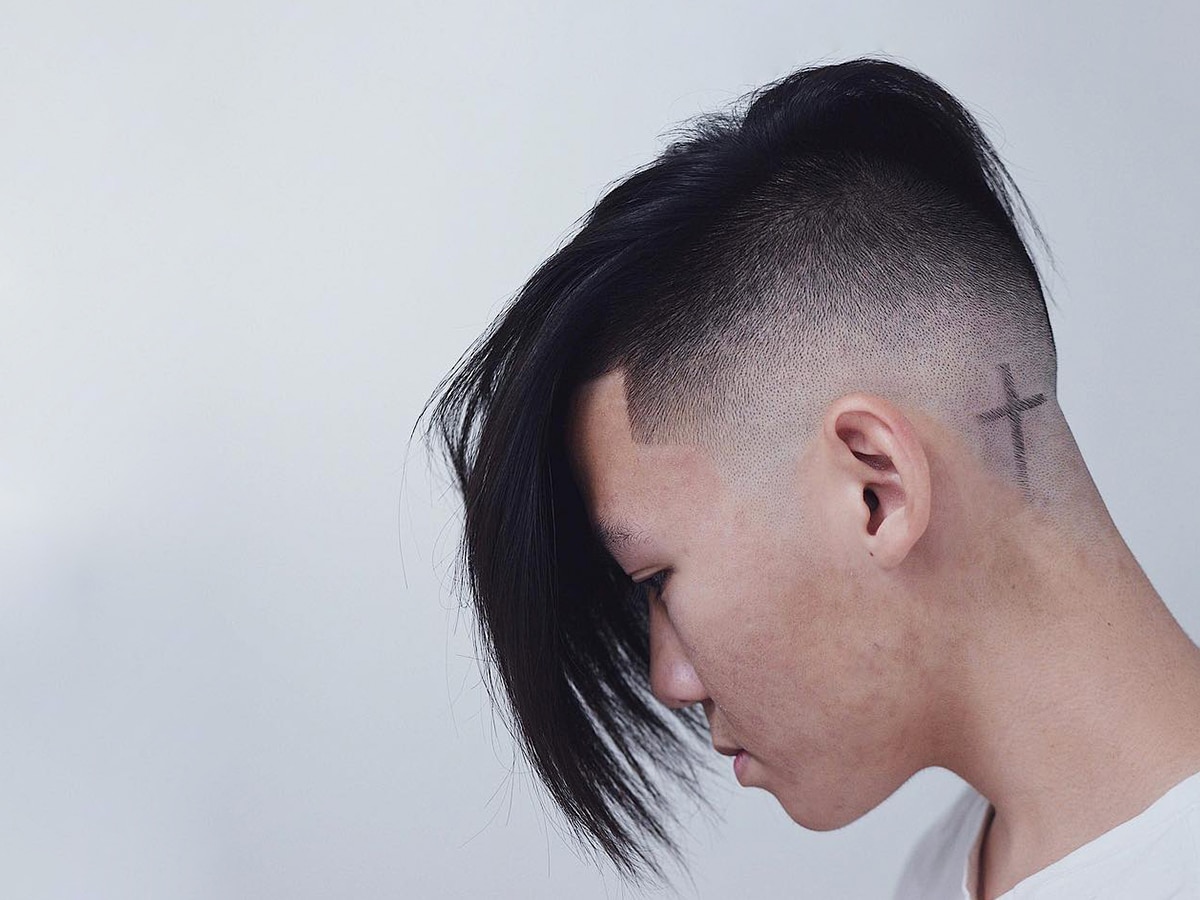
6. Undercut Fade
In essence, an undercut is two hairstyles in one. An undercut is a section of hair that has been disconnected, meaning that there is a distinct contrast between long and short areas. Most notably, you will see fades on the sides, where the hair gradually goes from skin or #0 up to a #3, while the hair on top is far longer. This hair may be styled to sit on top, similar to a slickback or fall naturally over the faded area.
Shortest length: Skin/bald
Blend point: Disconnected
Styling: High
Best for: Round, oval and square face shapes
Related: Our complete guide to the best haircuts for men is your reference point for hairstyles.
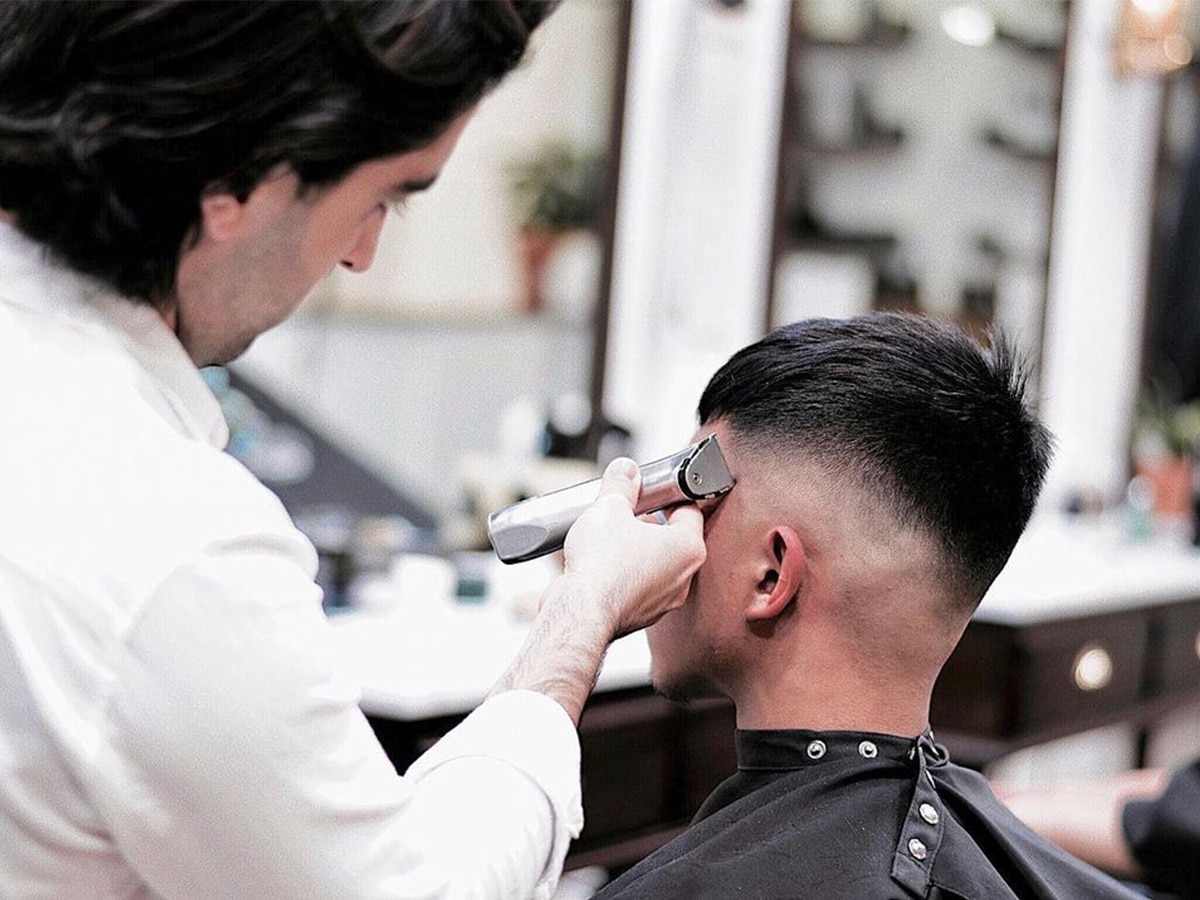
What is a Fade Haircut?
For the uninitiated, a men’s fade haircut simply refers to a slightly more extreme variation of the classic short, back and sides. Typically, the hair on top of the head is slightly longer than all other areas, however, with a fade haircut, the hair gradually shortens as you make your way down the sideburns and nape of the neck. France Khamees, director of BY FRANCE and 2018-19 Barber Brands International Barber of the Year explains that while certain elements of a fade haircut are uniform, there are variations depending on personal preference and hair type.
“A fade a is transition haircut starting at the lowest point of the sides and back of the head and fading up towards the top creating a seamless transition. Fade lengths may vary slightly depending on the density and colour of the hair,” Khamees says. “While they have grown in popularity, more recently, people are going further and becoming more experimental with various fade styles.”
In many cases, the shortest part of the hair will be bald, slowly tapering up to the desired hair length on top. The level of the fade-taper, low, mid or high is defined by how high the shortest part of the hair goes up the head and starts to transition into another longer length. A good fade is one where the transition is smooth and seamless.
While the fade is often touted as a modern hairstyle, the structure actually has its roots in the US military. Originally a requirement in the 1940s and 50s, the fade was seen as a regimented and uniform approach to dress that demanded consistent trimming and a certain level of physical pride. In the period immediately following the Second World War, black and Hispanic barbershops became synonymous with skin fades, elevating the hairstyle into popular culture with TV shows and movies like The Fresh Prince of Bel Air and Do the Right Thing.
More recently, men’s faded haircuts have had a serious resurgence, thanks to the rise of barbershop culture. Nowadays, there is a type of fade to suit every hair type and face shape, meaning if you prefer short styles, you’re sorted.
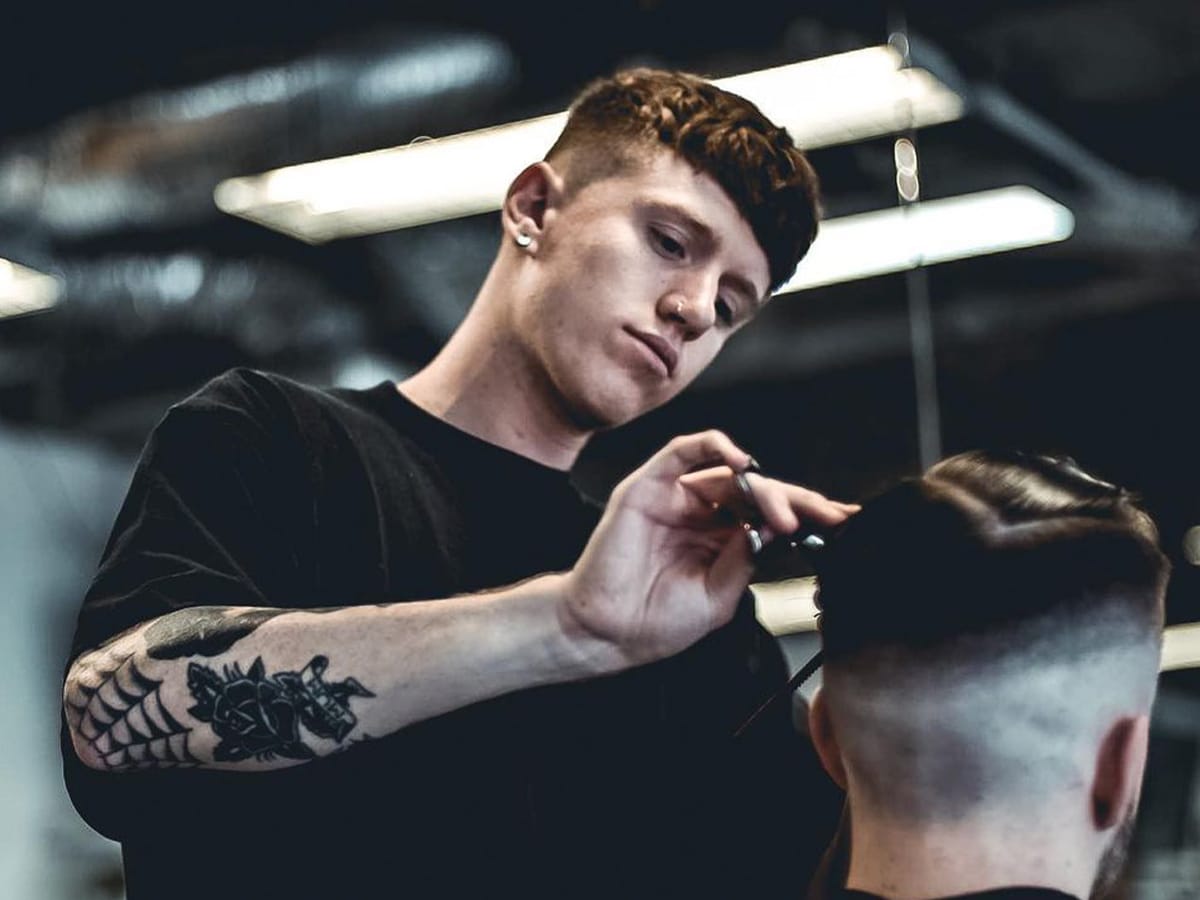
How To Ask Your Barber For A Fade Haircut
When it comes time to sit in the barber’s chair, it’s not as straightforward as simply asking for a fade. To ensure that you get the hairstyle you are after, it’s important that you understand two things – How short your want the back and sides, and how long you want the top. The ultimate goal of a fade is to evenly distribute the gradual fall of the hair in a smooth transition, so blending a #1 into a #3 with some length on top is a simple-enough instruction for any barber to follow.
The barber may ask if you want the fade high, mid or low, and as mentioned above, this relates to the blending point of the hair. High fades will see the blend typically above the temple, mid fades will be on the temple and low fades will be just above the ears. Think about how extreme you want the end result to look and choose wisely. Similarly, you should think about how each section will relate to your face shape.
“For a first-time fade, it’s safest to consider a mid to low fade position as this creates a natural, softer look that can be built on. Also, consider the length of the fade (as some can display scalp exposure) and the preferred length of the hair on top,” BY FRANCE director Khamees says. “Depending on how short you’d like the fade to be on the sides and back, you can ask your barber for a fade that may range from a number 2 on the clippers to a skin fade. Then describe your desired position of the fade and the length you would like at the top to compliment the fade and your head shape.”
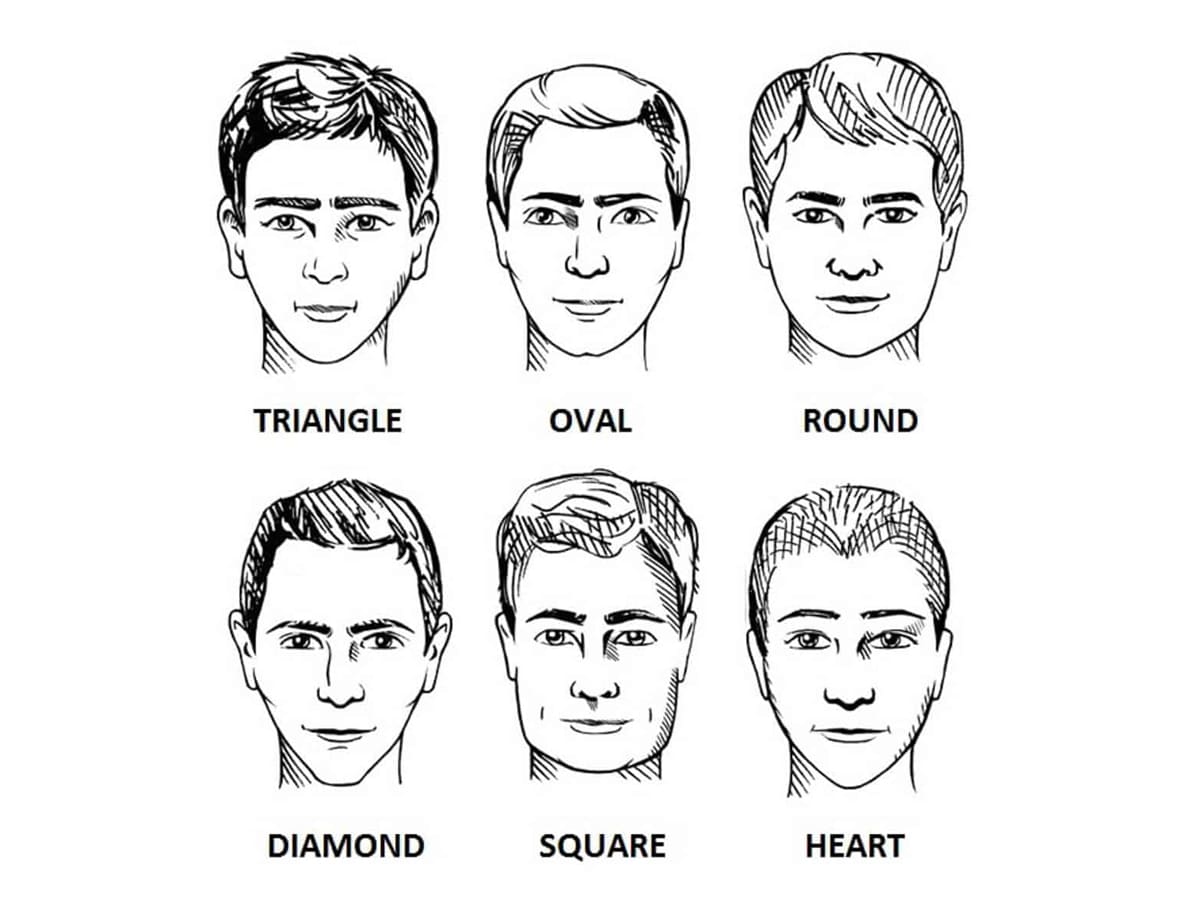
How to Choose the Right Fade for Your Face Shape
While it might be annoying and time-consuming, when barbers and hairdressers complete a consultation at the start of the service, they are assessing a few important aspects, namely, your hair health, length and face shape. Your shape will help to direct them towards a style that is best suited for you. While each face and person is inherently different, there are some general rules that barbers work towards.
“It’s important to firstly understand the shape of your face. For example, if your face shape is round or oval it’s best to create a square, masculine shape haircut so as not to round you more,” Khamees says. “If your face shape is a heart with a narrow chin then you can consider a side part for a better balance. It’s best to consult your barber to identify the hairstyle that suits you.”
For example, men with a square face shape should consider a shorter length, as it will accentuate their strong facial features. Similarly, a more textured cut will give men with square-shaped faces a little movement and personality. Men with round face shapes look better with enhanced definition, so a rigid fade that adds a dramatic edge will help add complexity.
Outside that, think about the horizontal line from ear to ear and the horizontal line from one edge of your jaw to the other. Those with a significantly wider top line should opt for a lower fade to enhance facial features, while those with parallel lines should focus on higher fades to add definition.
How To Style a Fade
Styling a men’s fade haircut is completely dependent on the length on top. As the term ‘fade’ generally refers to the sides and back, you may choose to shave the top or grow it long. Once again, think about your face shape and which section accentuate your best features. For the most part, shorter hairstyles look better with minimal product, so opt for something that is matte or like in texture.
On the lookout for more men’s hairstyles, haircuts, and pointers? Be sure to check out our curated list of articles below:
Hairstyles for Men
- Fade Hairstyles for Men
- Buzzcut Hairstyles for Men
- Pompadour Hairstyle for Men
- Slicked Back Hairstyles for Men
For more hairstyle ideas check out our complete haircuts and hairstyles guide.
Hair Pointers for Men
- How to Pick a Beard to Suit Your Face Shape
- How to Grow a Moustache
- How to Bleach Your Hair Safely at Home
- How to Shave the Right Way Using Shave-Oil
- How Men Should Comb and Part Their Hair
General FAQs
A fade is a shorter hairstyle that blends or fades into the skin—hence the name. In many cases, the shortest part of the hair, on the sides and nape will be bald, slowly tapering up to the desired hair length on top. A good fade is one where the transition is smooth and seamless.
When asking your barber for a fade, it’s important that you understand two things - How short your want the back and sides, and how long you want the top. The ultimate goal of a fade is to evenly distribute the gradual fall of the hair in a smooth transition, so blending a #1 into a #3 with some length on top is a simple-enough instruction for any barber to follow.
While they may have once been seen as unprofessional, skinfades have become commonplace. A reference to military days, the haircut usually says a lot about the wearer, namely that they are regimented, consistent and take pride in their appearance.


